Rotchana Cheunchujit was in bed when it happened. “We’re here to help you,” said someone in Thai.
Then she heard the axe. Federal agents broke down the front door, then stormed in. Soon, she was out on the sidewalk with her roommates, dazed.
“We were in shock,” she says. “We didn’t know what was going on.” Hours later, Cheunchujit would be taken to jail. But in reality, she had just been set free.
Cheunchujit and 71 others were modern-day slaves in El Monte, California, held captive in a compound of apartment buildings that served as a garment factory. The workers there had been lured to the United States from Thailand by captors who tempted them with promises of money and prosperity, then forced them to toil around the clock to “earn” their freedom. On August 2, 1995, federal agents, aided by local police, state officials and the Thai Community Development Center, raided the Los Angeles-area complex. The conditions they discovered were horrifying—and the workers’ ordeal went on to inspire local and federal anti-trafficking laws and garment industry reforms.
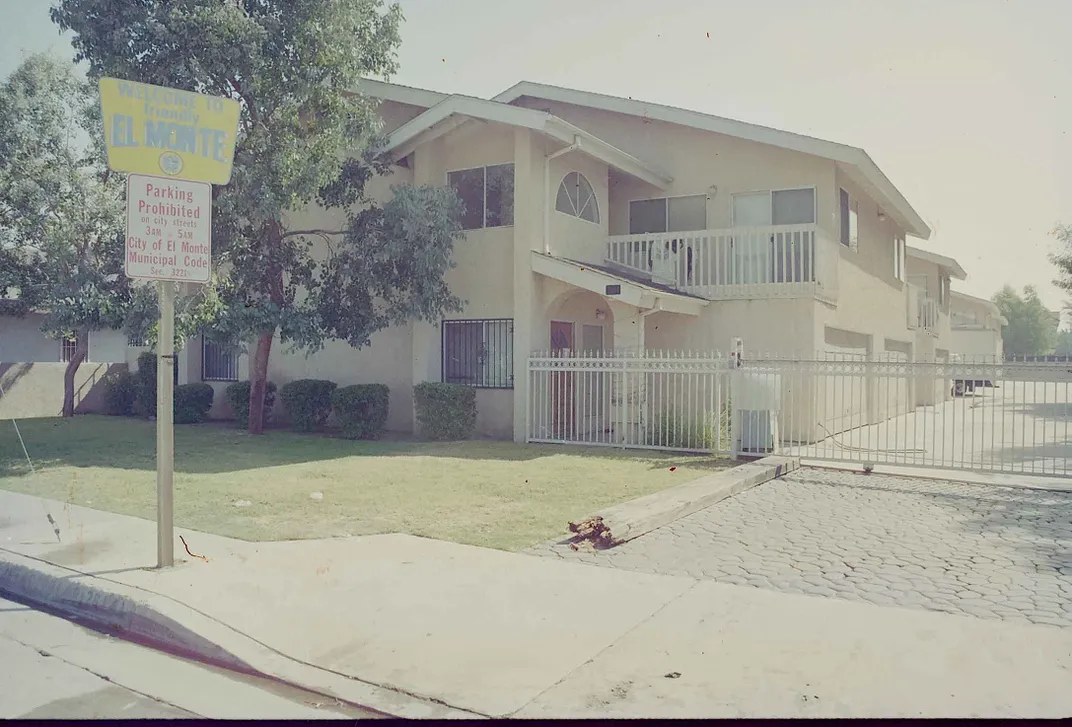
“People have different versions of how this all came to the attention of the authorities,” says Michael Gennaco, an assistant U.S. Attorney specializing in civil rights who prosecuted the case.
A document, now in the collections of the Smithsonian’s National Museum of American History, played a part. The two-page letter is written in pencil. “Please be careful,” it says. “Very Dangerous. Please bring much manpower.” The letter, which was passed to authorities by the boyfriend of a woman who escaped the factory complex, includes a hand-drawn map of the complex. It begs authorities to work quickly and not arouse the suspicion of the factory’s owners. “Don’t forget to be careful,” it concludes.
“It’s not like no one knew about the existence of the shop. People had been talking about it,” says Peter Liebhold, a curator in the museum’s division of work and industry. One of them was California deputy labor commissioner T.K. Kim, who for years had heard rumors of a factory that was employing Thai garment workers who were not allowed to leave. In 1995, he finally got a tip that led to the location of the factory. Kim couldn’t believe how many people were rumored to live and work there. But when he and an Immigration and Naturalization Service (INS) agent staked out the location, Kim saw bags filled with garments being loaded onto trucks.

It was obvious the complex was carefully guarded. It was surrounded by a high fence, and an additional razor-wire enclosure faced the apartment buildings that served as workplace, home and jail. Inside the courtyard, an armed guard always sat beneath a beach umbrella—tasked with making sure no worker escaped.
At the time, Liebhold and co-curator Harry Rubenstein were developing an exhibition that highlighted low-paid workers in the U.S. “It was an exhibition about what was wrong with America,” Liebhold says. While other exhibitions celebrated American progress, he says, this one was designed to highlight what he calls a “failure of capitalism” and to bring to light social injustices like labor exploitation.
It included information on sweatshops and residential piece work—working conditions that had become largely illegal thanks to the tireless work of unions and consumer groups and the passage of New Deal laws in the 1930s.
Sweatshops had experienced a resurgence in the 1960s as new immigrants from Central and Latin America and Southeast Asia flooded into the U.S. Increased enforcement of immigration laws gave sweatshop managers added ammunition with which to threaten vulnerable workers.
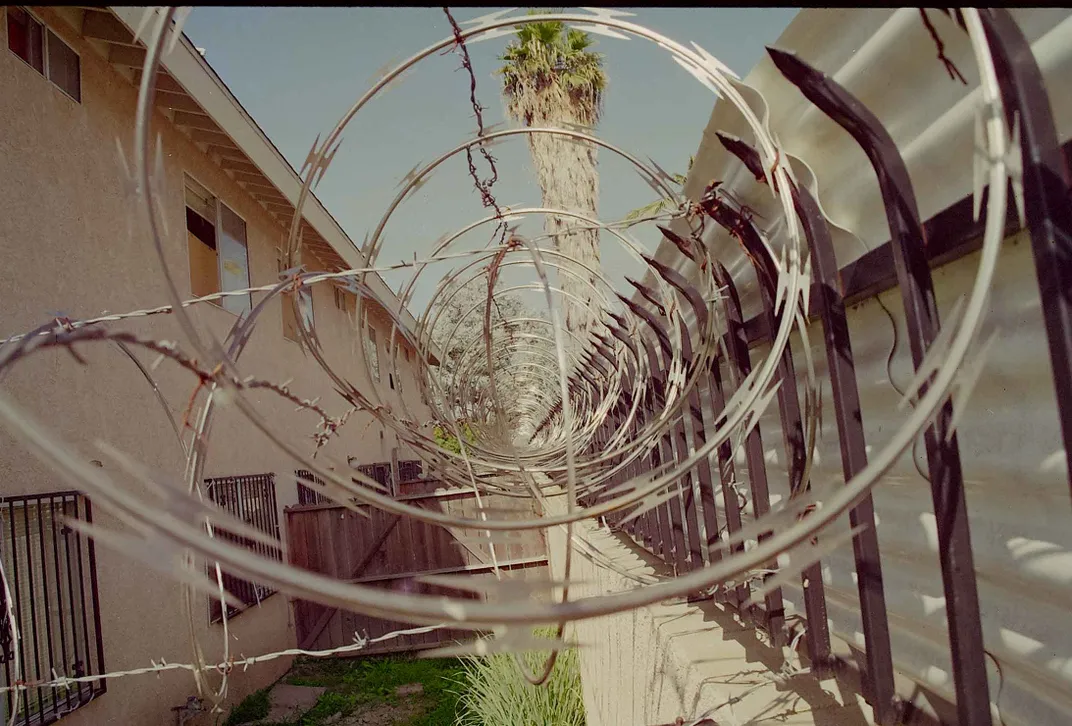
Liebhold didn’t know about the El Monte sweatshop yet. But while the museum’s exhibition was being developed, the factory owners—a Chinese-Thai family that recruited labor from rural areas in Thailand—were taking advantage of would-be workers’ hopes for a better life in the U.S. They tricked them into signing agreements indenturing themselves to the business, then provided them with fraudulent passports and smuggled them into the country on tourist visas.
Once the workers arrived, their passports were confiscated. They were stuck, kept in line not only with violent threats and fear for their disadvantaged families back in Thailand, but the knowledge that they could be deported if they dared to escape.
Twenty-five years later, Rotchana Cheunchujit, now married with the surname Sussman, recalls the seemingly endless workload at the factory, where she sewed blouses and other garments. She received five to seven cents per garment—about $300 to $500 a month. The 24-year-old purportedly owed about $5,000 to her captors, but it slowly dawned on her she might never be able to pay it back. The owners took half of her wages up front and forced her and the other workers to purchase their own food and supplies from a makeshift commissary that sold necessities at high prices.
When she came to the U.S., Sussman had planned to work off the debt, then return to her children, ages 2 and 3, in Thailand and buy a business there. She worked 19-hour days in the factory and slept on the floor of a bedroom with eight other people. The sweatshop owners locked the door every night from the outside. “When I first came, I didn’t realize I was a victim,” she says. “After almost a year, I realized, well, I can’t leave. I can’t go anywhere. I can’t say anything.” Some of her fellow workers had been locked up for seven years.
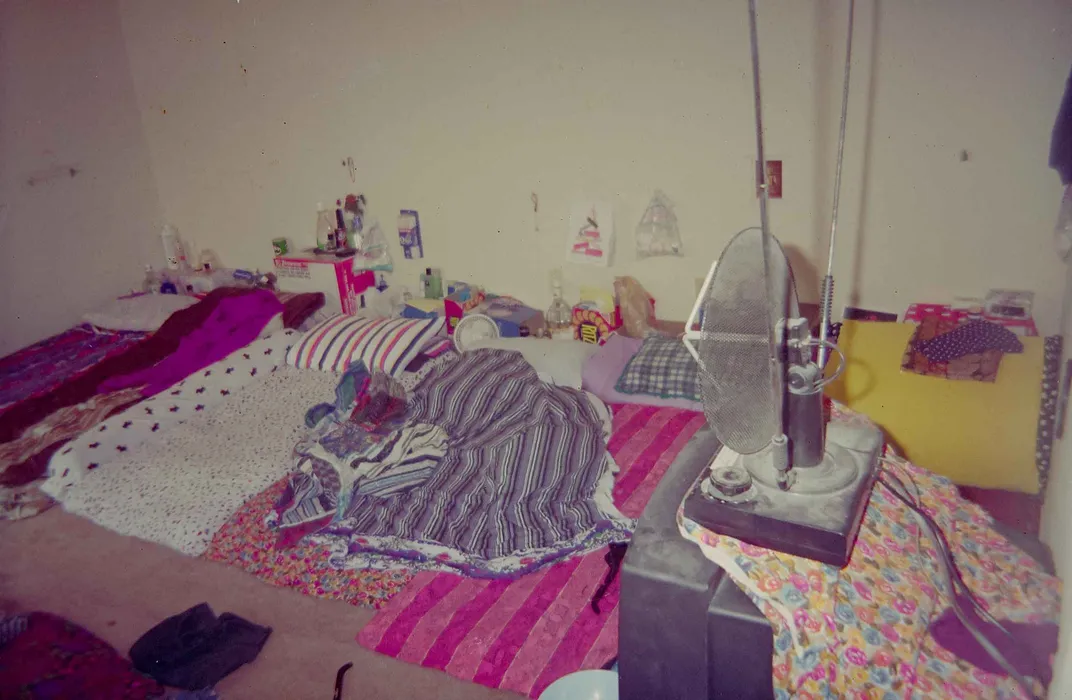
Sussman missed her family, her freedom. But every morning, she got up and steeled herself for another day of endless labor in the dingy garage sewing room as armed guards, equipped with baseball bats, guns and knives, circled the premises. The garments she and her fellow prisoners made were sold at big-name stores all over the country—emblazoned with the coveted “Made in the USA” label.
Organizing the raid was anything but simple. At the time, no visas were provided for victims of crimes, and on the day of the raid, the workers were taken into custody by immigration officials. A group of Asian American activists demanded their release, then bailed them out. But once they were freed nine days later, the workers still lacked the paperwork that would allow them to legally live and work in the U.S.
“We thought all the workers should remain together and in this country, and should be able to have their story told,” says Gennaco. “The other option, which we didn’t find acceptable, would have been to keep them in detention. That didn’t seem to make any sense.”
Despite a lack of applicable laws protecting the workers, a coalition of activists and federal officials managed to secure permission to get the workers visas commonly used to keep informants in the U.S. The Thai Community Development Center and other groups helped them find lodging and jobs.
As a shell-shocked Sussman and the other workers—who spoke no English and had almost no idea what was outside the sweatshop—tried to adjust to their new lives, the scope of their exploitation slowly became clear. Investigators found intercepted letters from the workers and their Thai families. Neither had reached their intended destination. Workers’ letters that didn’t keep up the façade of a happy life in America were simply kept, and letters from family in Thailand that revealed illnesses and deaths were not passed along for fear the workers would try to escape.
Investigators also learned more about S&K Fashion, a small Latino-staffed factory in downtown Los Angeles that had served as a front for the larger operation fueled by Thai labor. Slowly, they realized how widely the scam had spread. Vulnerable Thai people were lured by promises of weekend trips to Disneyland. Photos showing the excursions had been staged by the smugglers. On the other end of the racket, nationwide and regional retail chains like Miller’s Outpost, Mervyn’s, Montgomery Ward and others had sold clothing made in the compound.
When news broke of the raid, Liebhold knew he needed to help preserve the sweatshop’s story. So he pushed for the museum to collect artifacts from the factory and the workers. “It’s a very large collection,” he says of the El Monte archive of more than 200 objects including photos, forged passports and an entire sewing machine workstation.
The exhibition itself provoked controversy—it prompted pushback from the California Fashion Association and other groups as well as a number of members of Congress who worried that its exploration of modern-day sweatshops could shed negative light on the garment industry.
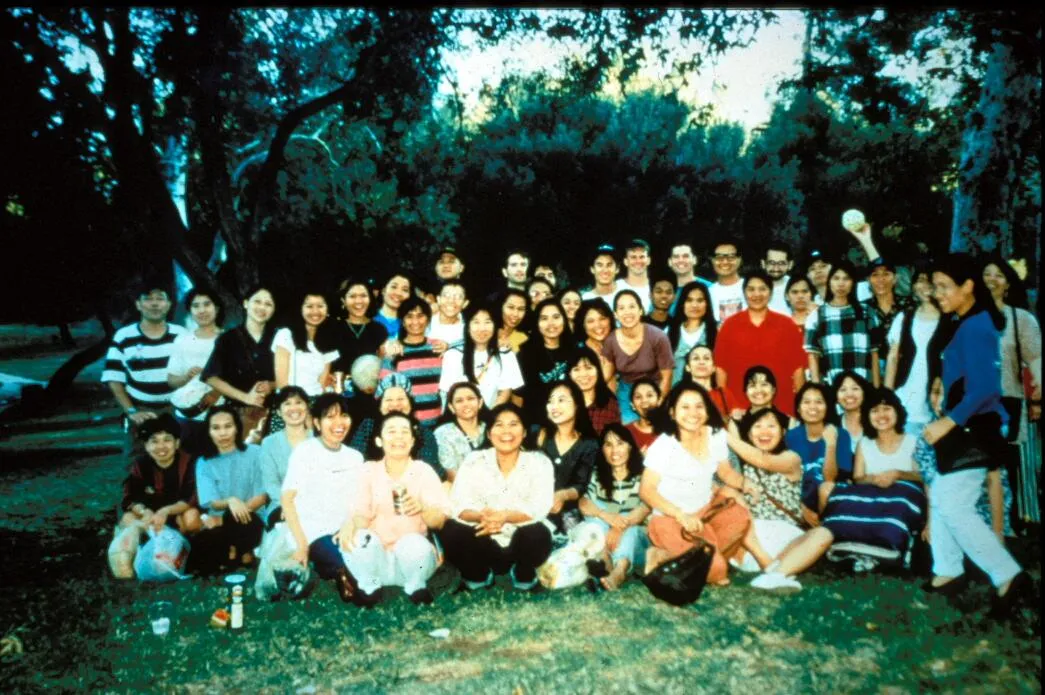
“We had a lot of long days and difficult times,” recalls Liebhold, adding that the discussion ultimately made the exhibition better.
“Between a Rock and a Hard Place: A History of American Sweatshops, 1820-Present” finally made its way to the floor of the National Museum of American History in April of 1998. The exhibition looked at the history of sweatshops in the United States through 100 objects like sewing machines and photographs of the 1911 Triangle Shirtwaist Factory Fire, which killed 146 garment workers. It included a recreation of the inside of the El Monte sweatshop. “As history, not political debate, the show smoothly tells what is a complex, open-ended social and business story,” wrote the Washington Post’s Jacqueline Trescott at the time.
As the six-month exhibition opened in Washington, D.C., the freed workers were fighting for the American dream their captors had stolen. Sussman found work as a seamstress and dishwasher and started taking night classes. She still worked seven days a week and walked to and from work and school. But life felt more expansive now that she was free. “I had so much time,” she recalls.
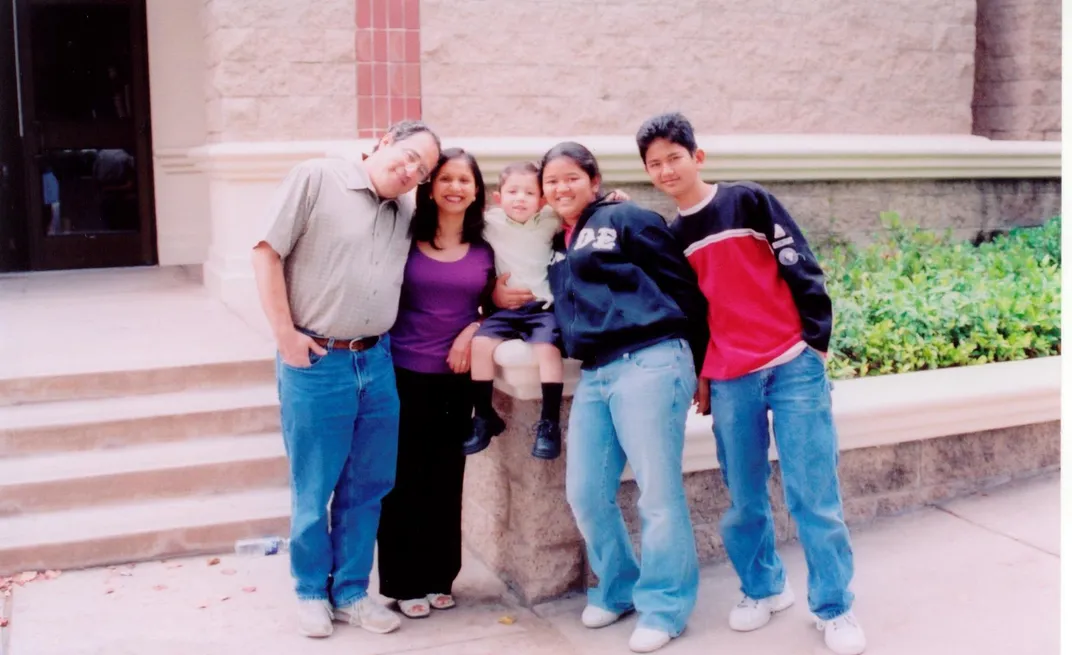
In February 1996, factory proprietor Suni Manasurangkun, three of her five sons and three others who had assisted them pled guilty to federal crimes. Two of Manasurangkun’s sons fled the U.S. and were never apprehended. They are still considered fugitives and are being sought by Interpol for conspiracy, indentured servitude, kidnapping and other crimes. The federal case was not the last involving the El Monte workers. In 1997, a group of retailers that had sold the clothing made at the sweatshop settled multiple civil lawsuits for more than $4.5 million, which was used to compensate the workers for back pay.
Now known as the first modern human trafficking case, the El Monte case spawned a national anti-sweatshop and anti-trafficking movement. In 1998, the Thai CDC and other activists helped found the Coalition to Abolish Slavery and Trafficking (CAST), and, in 2000, President Bill Clinton signed the Victims of Trafficking and Violence Protection Act of 2000, a federal law that protects trafficking victims and that established the T-Visa, which allows some trafficking victims and their families to remain in the U.S.
Sussman and her fellow victims are now naturalized U.S. citizens. She has since reunited with her children, learned English and become an advocate for other workers. Her husband, Steven Sussman, adopted her children, and they had another child. All are now young adults. She recently opened her own vegetarian Thai restaurant in Arcadia, California.
Though she dreamed of the sweatshop for years after her release, she says she’s moved on. “I was born and raised in the Buddhist tradition. You learn how to forgive and forget.”
Gennaco and the workers he helped free still have a reunion every year. “It’s just wonderful to behold,” he says. For the now former prosecutor, the El Monte case is an opportunity for education and “understanding of the simple fact that if you come to America, even without papers, it is against federal law to exploit you. You’re entitled to minimum wage, you’re entitled to be free, and to have the labor laws apply to you no matter your status.” He remains in awe of the victims’ courage.
As for Liebhold, he sees the El Monte case as a landmark—and a reminder that issues of enslavement, labor exploitation and human rights violations aren’t just the province of the past. “People work really hard and they are dying to work.” he says. “It’s about immigration and social justice. These are two topics that have not gone away.”
The results of the El Monte raid were life changing for the workers and brought much-need reform to the retail industry, writes curator Peter Liebhold in "25 Years Later: The Legacy of the El Monte Sweatshop Raid" on the museum's blog "O Say Can You See?"
/https://tf-cmsv2-smithsonianmag-media.s3.amazonaws.com/filer/41/72/41728c04-3d20-4fa7-8949-ebe1c03ef722/longform_mobile.jpg)
/https://tf-cmsv2-smithsonianmag-media.s3.amazonaws.com/filer/53/db/53db325b-3dfe-48e5-8212-dcdd40d10c34/longform_desktop-1.jpg)
/https://tf-cmsv2-smithsonianmag-media.s3.amazonaws.com/accounts/headshot/erin.png)
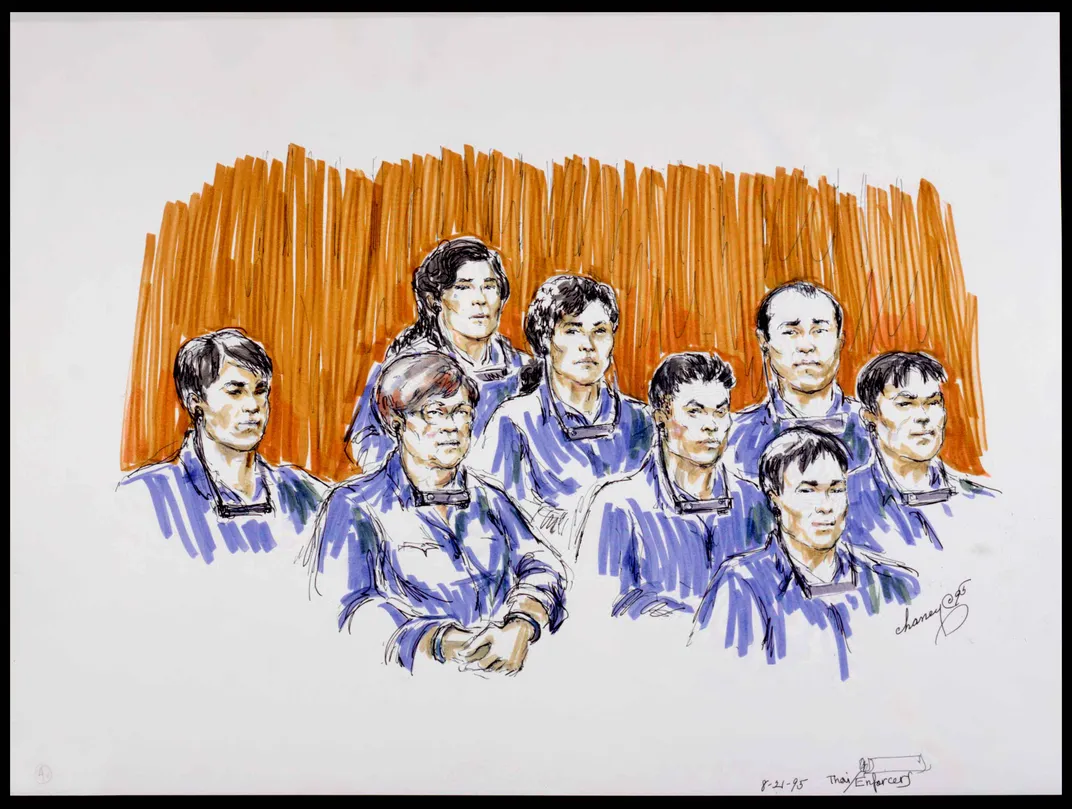
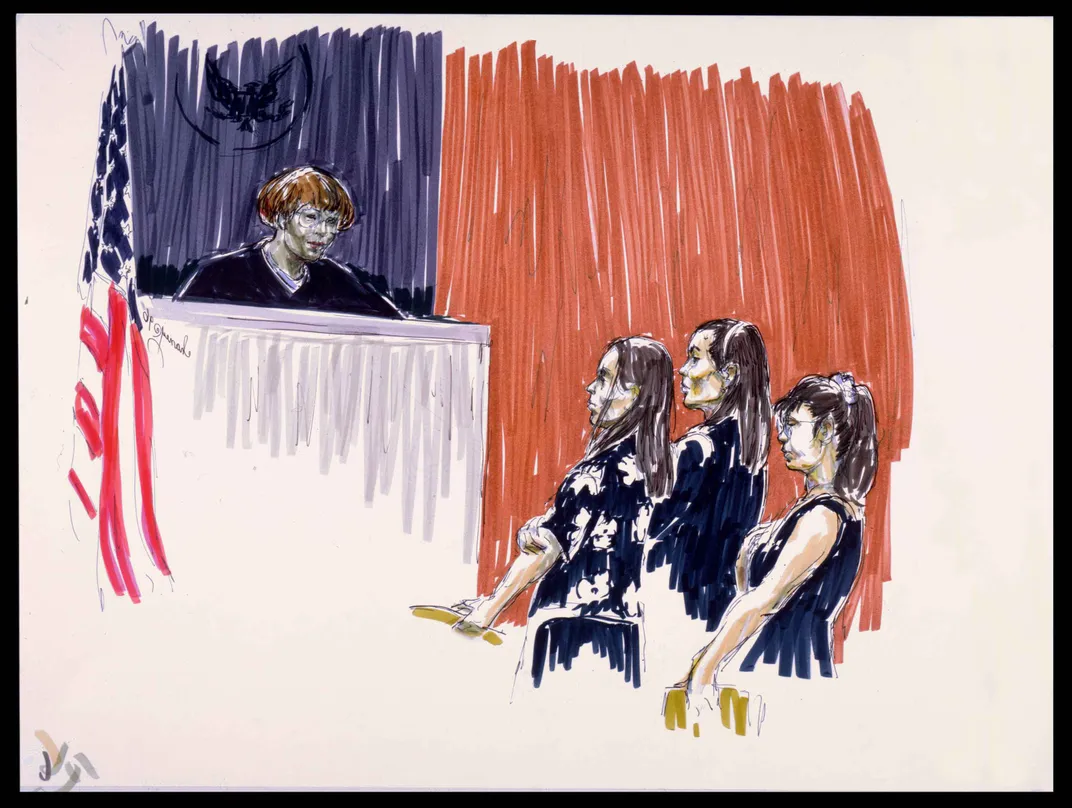
/https://tf-cmsv2-smithsonianmag-media.s3.amazonaws.com/accounts/headshot/erin.png)